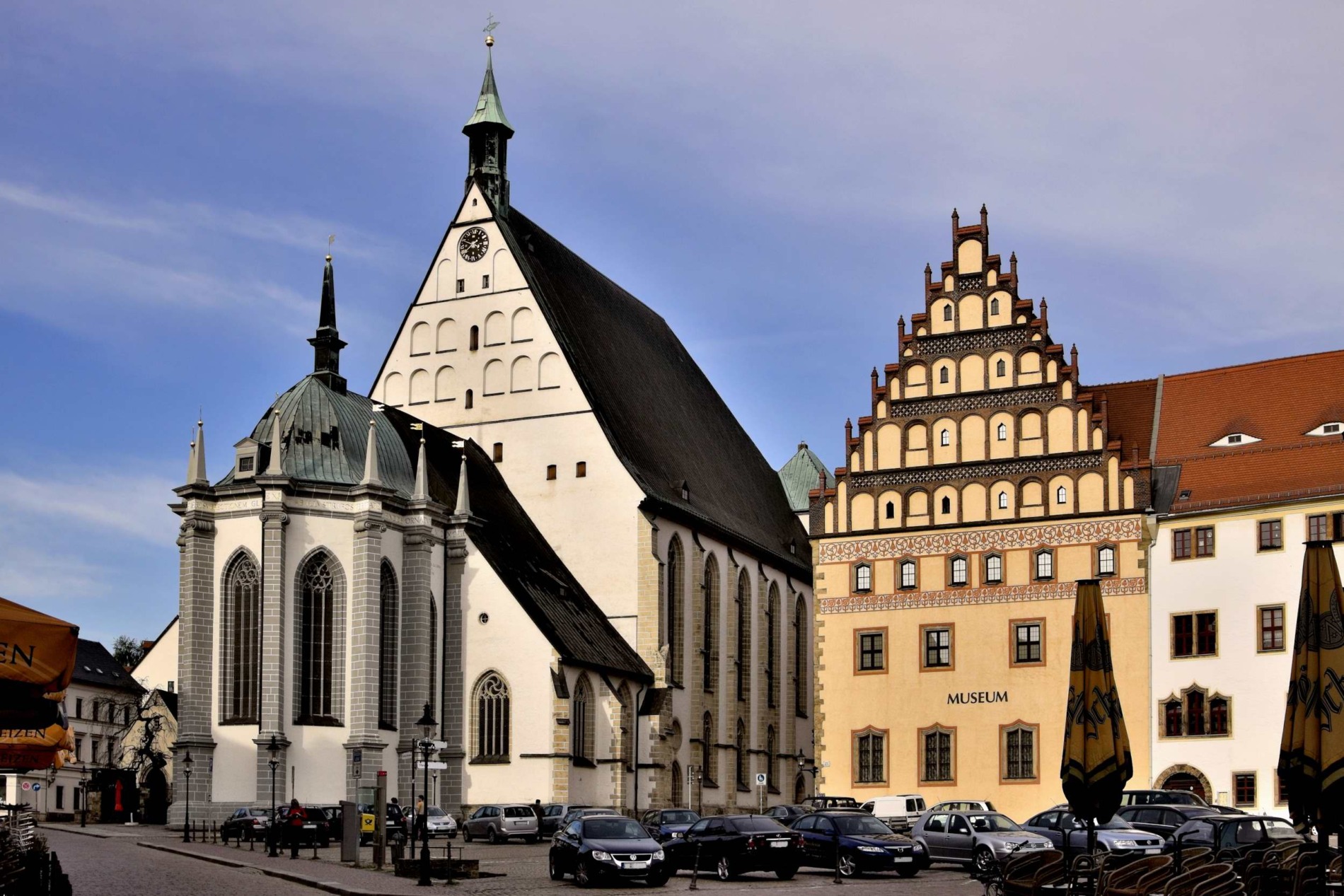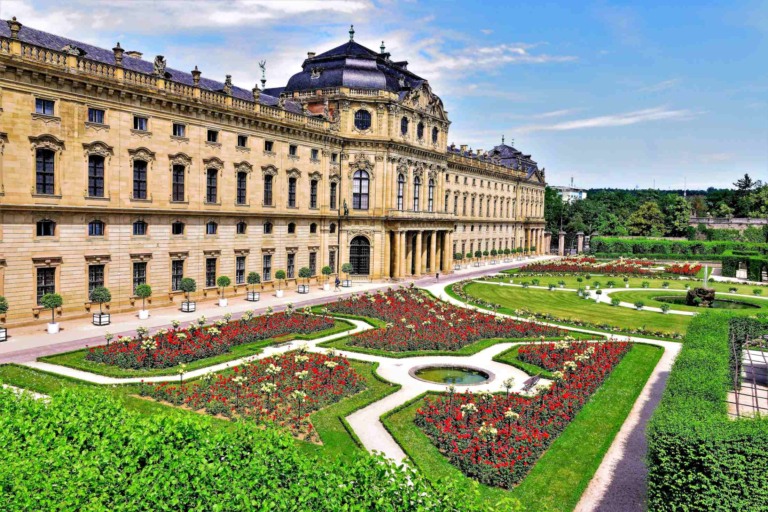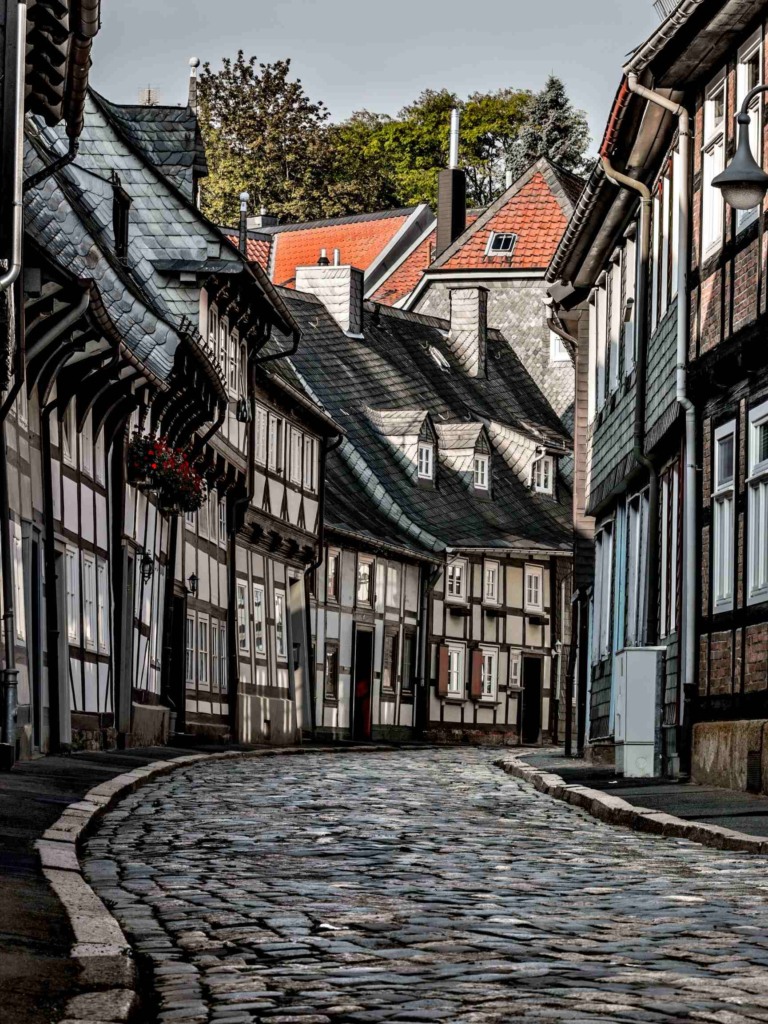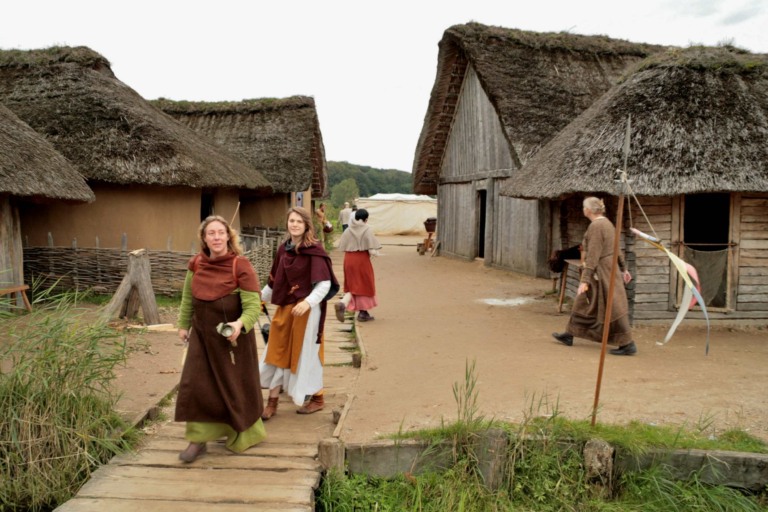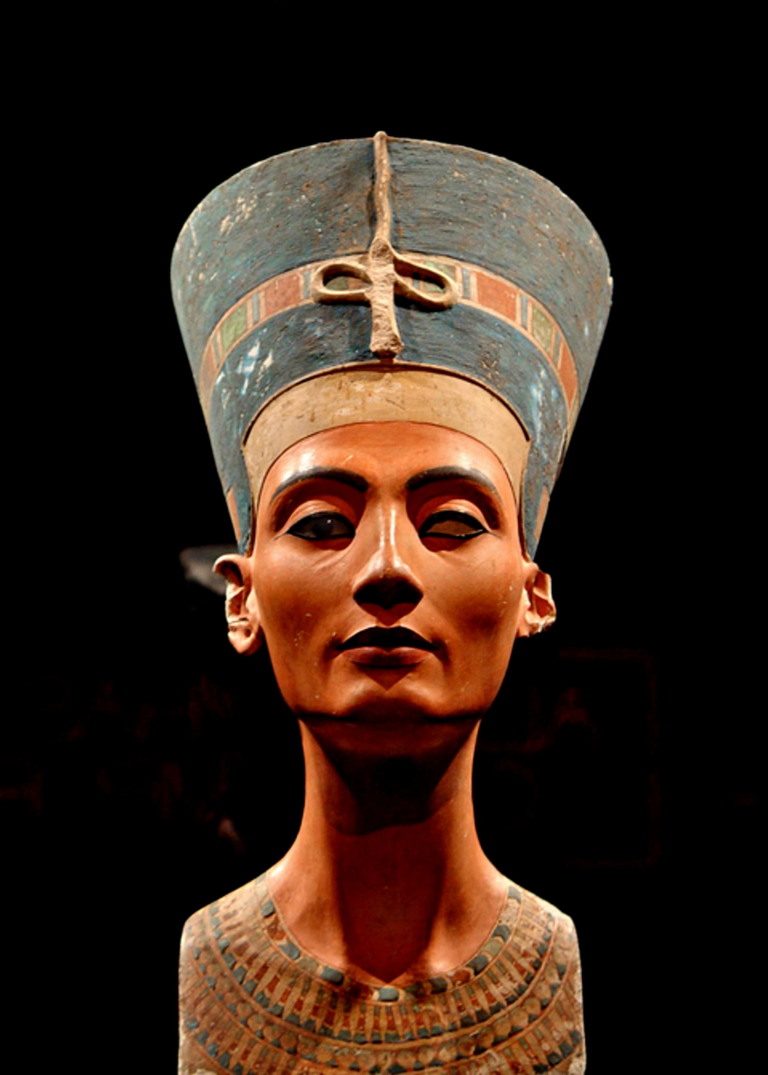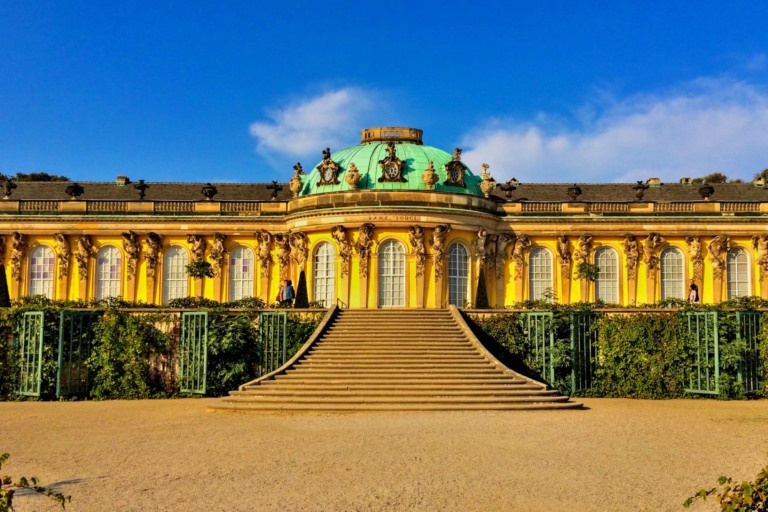Erzgebirge/Krušnohoří Mining Region is a unique cultural landscape straddling the border between south-eastern Germany (Saxony) and the north-western Czech Republic. This historic region is renowned for its rich mining history, technological advancements, and cultural traditions that have developed around mining activities. In this article, we will explore the significance of the Erzgebirge/Krušnohoří Mining Region, its history and cultural heritage, and its importance.
Historical Background
The history of mining in the Erzgebirge/Krušnohoří region, aka the Ore Mountains, dates back over 800 years, with the discovery of rich deposits of silver, tin, and other precious metals. The area started producing a significant amount of uranium at the end of the 19th century.
The Ore Mountains region witnessed a mining boom during the Middle Ages, attracting settlers from different parts of Europe. Mining activities thrived throughout the centuries, leading to technological advancements in mining techniques, mineral processing, and infrastructure development.
Erzgebirge/Krušnohoří Mining Region
Technological Innovations: The Erzgebirge/Krušnohoří Mining Region played a crucial role in the development and dissemination of mining technologies. It became a center of innovation in mining engineering, particularly in the 16th and 17th centuries. Miners from the region developed groundbreaking techniques, such as the water-powered stamp mill for ore crushing, the development of underground drainage systems, and the use of mechanized equipment to increase productivity.
Cultural Heritage and Traditions
The mining activities in the region not only shaped the physical landscape but also influenced the local culture and traditions. The mining communities developed a unique way of life, and their cultural expressions, such as folk music, dances, and crafts, became an integral part of the Erzgebirge/Krušnohoří heritage. The famous wooden Christmas ornaments and intricate woodwork, known as “Erzgebirge folk art,” are a testament to the region’s cultural heritage and craftsmanship.
Conservation and Protection
The designation of the Erzgebirge/Krušnohoří Mining Region as a UNESCO World Heritage Site in 2019 was a recognition of its outstanding universal value. The inscription aims to preserve and protect the unique cultural and natural aspects of the region for future generations. The German and Czech authorities have implemented various measures to safeguard the mining landscapes, historical sites, and intangible heritage associated with mining traditions.
Sustainable Development
While the Erzgebirge/Krušnohoří Mining Region is primarily known for its mining history, the World Heritage Site status also promotes sustainable development in the region. The local communities, along with governmental and non-governmental organizations, are working together to strike a balance between preserving the heritage and promoting responsible tourism. Sustainable economic activities, educational initiatives, and cultural events are being encouraged to ensure the long-term viability of the region.
Conclusion
The Erzgebirge/Krušnohoří Mining Region stands as a testament to the profound impact of mining on the development of human civilization and the cultural heritage it engenders. Its designation as a UNESCO World Heritage Site recognizes the region’s exceptional value in terms of history, technology, and cultural traditions. By safeguarding and promoting this unique mining landscape, we ensure that future generations can appreciate and learn from the Erzgebirge/Krušnohoří Mining Region’s rich legacy.
Erzgebirge/Krušnohoří Mining Region Tourism
Tourism in the Erzgebirge/Krušnohoří Mining Region has gained significant momentum following its designation as a UNESCO World Heritage Site. The region offers a range of attractions and activities that showcase its mining heritage, cultural traditions, and natural beauty. Here are some key tourism aspects in the Erzgebirge/Krušnohoří Mining Region:
Mining Museums and Heritage Sites
The region boasts several mining museums and heritage sites that provide insights into the rich mining history and technological advancements. Visitors can explore underground mines, learn about the life of miners, and witness the tools and equipment used throughout the centuries. These sites often feature interactive exhibits, guided tours, and demonstrations, offering a fascinating experience for tourists.
Historic Towns and Architecture
The Erzgebirge/Krušnohoří Mining Region is dotted with charming historic towns and villages that have preserved their traditional architecture and mining-related structures. Towns like Annaberg-Buchholz, Freiberg, and Jáchymov showcase well-preserved buildings, churches, and town squares that reflect the region’s mining heritage. Walking tours in these towns allow visitors to immerse themselves in the historical ambiance and learn about the local culture and traditions.
Outdoor Activities and Nature
The region offers abundant opportunities for outdoor activities, making it a popular destination for nature enthusiasts. The landscape is characterized by rolling hills, forests, and rivers, providing opportunities for hiking, cycling, and nature walks. There are well-marked trails that allow visitors to explore the scenic beauty of the Ore Mountains (Erzgebirge) and the Krusne Hory (Krušnohoří) range. Additionally, the region is home to several nature reserves and national parks that boast diverse flora and fauna.
Cultural Events and Festivals
The Erzgebirge/Krušnohoří Mining Region hosts numerous cultural events and festivals throughout the year. These events showcase the region’s vibrant traditions, including folk music, dances, and crafts. The annual Christmas markets are particularly famous, where visitors can immerse themselves in the festive atmosphere and find unique handmade wooden crafts and Christmas decorations. Traditional folk festivals, concerts, and craft workshops offer visitors a chance to engage with the local culture.
Culinary Delights
The culinary scene in the Erzgebirge/Krušnohoří Mining Region is rich in traditional dishes that reflect the local heritage. Visitors can indulge in hearty meals featuring specialties such as Erzgebirge potato soup, Sauerbraten (marinated pot roast), and traditional Saxon pastries. Local breweries and distilleries offer a chance to savor regional beers and spirits, while quaint cafes and bakeries provide an opportunity to sample local pastries and cakes.
Handicrafts and Souvenirs
The region is renowned for its traditional handicrafts, especially the intricate wooden crafts and Christmas decorations. Visitors can explore workshops and boutiques where skilled artisans showcase their craftsmanship. These include wooden nutcrackers, pyramids, and figurines, which make for popular souvenirs. Additionally, visitors can find a range of traditional textiles, pottery, and jewelry that reflect the cultural heritage of the Erzgebirge/Krušnohoří region.
In conclusion, tourism in the Erzgebirge/Krušnohoří Mining Region offers a captivating blend of history, culture, outdoor activities, and culinary experiences. Visitors can delve into the mining heritage, explore historic towns, enjoy the natural beauty, and immerse themselves in the local traditions. The region’s tourism industry continues to evolve, providing sustainable opportunities for travelers to experience the unique charm of this UNESCO World Heritage Site.
